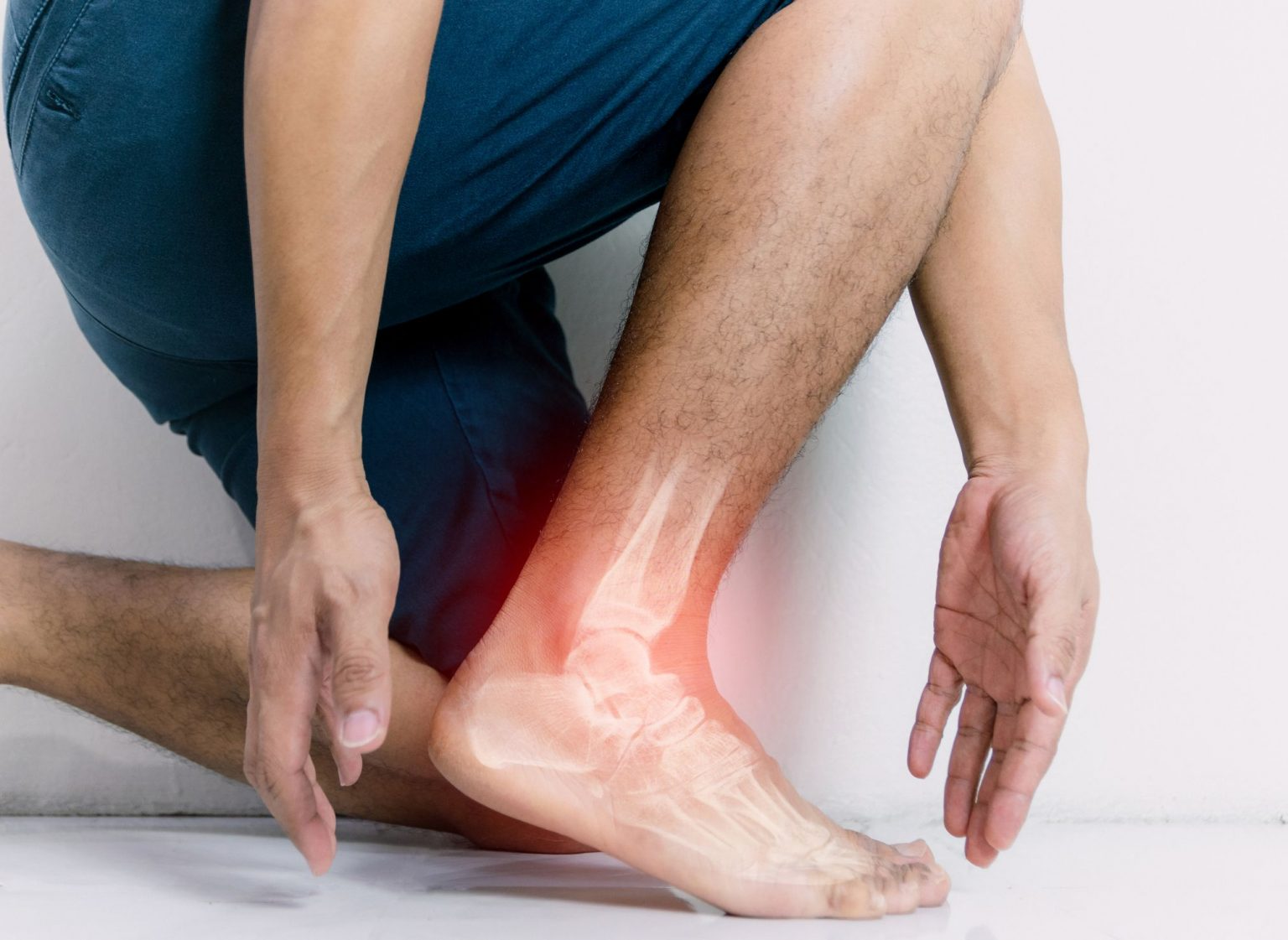Causes Of Heel Spurs
Heel spurs develop over time after foot muscles and ligaments have been subjected to excessive stress over time. The excessive strain on the foot affects the heel bone, translating to spurs. The disease does not just occur at once; it develops gradually. The spurs occur after you have neglected the early signs, such as foot pain.
Another leading cause of heel spurs is recurrent stress on the foot due to physical activities such as walking, running, and even jumping. Athletes who train or compete on hard-surfaced terrains are at a high risk of getting the spurs.
The type of shoe you wear might also lead to the development of the disease. Some shoes do not support the leg posture. This ends up distributing the bodyweight unevenly throughout the foot. When you wear such a shoe frequently, you run the risk of getting heel spurs.
Another thing to note about heel spurs is that most people having it will most likely have plantar fasciitis. This might be the condition responsible for the recurrent front pain, especially when you take the first few steps in the morning. Additionally, the pain might ease over time but then come after long hours of subjecting your body to unusual standing postures. People whose jobs require them to stay standing for a long time are at a high risk of getting the disease.
Treatment
A heel spur is not a major health concern and can therefore be easily managed through a switch in lifestyle as well as taking enough rest. However, for the extreme heel spurs cases, some of the commonly used treatments include
Ice packs can be effective in treating heel spurs. Regular cold compresses of up to twenty minutes can temporarily numb the affected part and ease the pain. The swelling will also go down, and the tenderness will reduce.
Some people might opt for heat packs instead of cold compresses and ice packs. However, this might work better for muscle and joint problems, not heel spurs.
Painkillers such as Tylenol, ibuprofen, and aspirin can help with the pain.
Corticosteroid injections have been used for some time now to treat the condition. They have anti-inflammatory properties.
Practices such as stretching and physical therapy can help heal the foot.
The Prevention Of Foot And Heel Pain
It’s critical to keep your foot and heel tendons flexible to avoid heel discomfort or prevent it from recurring. Stretching should be done regularly, and you should wear shoes that are correctly fitting and supportive. Heel pain is more common in runners. Running injuries can be avoided by covering shorter distances and running on softer terrain.




